With such an influx of brand-new gardeners, I thought I’d make a few quick how-to tutorials. Starting with sowing seeds.
WHAT TO SOW
Take into consideration what you can grow this time of year – most seed packets have this information, but if not, a website http://gardengrow.co.nz lets you choose your geographical area in NZ and gives suggestions of what can be put in every month.
Think of the space your chosen plant needs when fully mature (do you have a garden, or just a balcony pot), the resources it needs (does your garden area get enough sun; do you have enough water with many areas still suffering drought).
Will you actually eat it? If needs must, I know we will eat what we have, but don’t add the psychological burden in difficult times by growing something you won’t enjoy eating.
WHERE TO SOW
Seeds can be either sown in punnets, for later transplanting, or direct in the ground. Again, seed packets will have information on what method is best for your chosen packet of seed.
When sowing in punnets, you don’t have to worry much about the richness of the mix you are sowing into because the seed contains all the nutrients needed for the plant to start developing. Seedling soil is great because it is fine grained allowing easy germination and drains well, but you don’t need fancy mixes and a sifted garden mix or seasoned compost could do in a pinch too.
When sowing into prepared gardens though, it is important to know the secret that all experienced gardeners know – it’s all about the soil – make sure your soil is a good mix, add aged compost and manures and work in a way to boost soil ecology.
HOW TO SOW
General rule of thumb is to plant a seed no deeper than twice its diameter.
Small seeds, like lettuce, mustard, and celery can be scattered on top of the growing medium and thinly covered.
Medium seeds, like silverbeet can be lightly pressed into the soil before topping.
Large seeds, like broad beans and peas can be pressed a bit deeper and covered with at least as much soil as the seed is wide.
TIPS:
- Wet the medium BEFORE sowing.
- Wet the medium AFTER sowing.
- Ensure there’s good drainage.
- Seeds don’t require light to germinate, as a matter of fact, they like it a bit dark. They only need light once they have sprouted.
- Label. Label. Label. Don’t think you’ll remember… don’t put it off till later. Do it AS YOU SOW! Name of plant plus date (so you know more or less when to expect seedlings to emerge).
HOW TO LOOK AFTER GERMINATING SEEDS
PUNNETS:
Keep punnet seeds in a sheltered spot like a small greenhouse, not necessarily warmed as most plants that are winter hardy do not need high temperatures for germination. Water daily. Most seeds will start sprouting in about 14 days.
Once the first to second set of true leaves appear – so not the small seed leaves that first pop up when it germinates (tip: the true leaves often look different to the seed leaves) – you can prick out the seedlings and transplant (next how-to).
IN THE GARDEN:
Keep the newly sowed seed patch well-watered, but make sure it doesn’t get waterlogged. Keep pests away from newly dug earth and emerging seedlings by netting. If you are in a frost prone area, frost cloth will help protect seedlings that are still getting established. Deal to weeds as soon as they appear. If you’ve over-sowed, as with onions and carrots, you can prick out excess seedlings to ensure there’s enough space for optimal growth of the ones you keep in the ground.

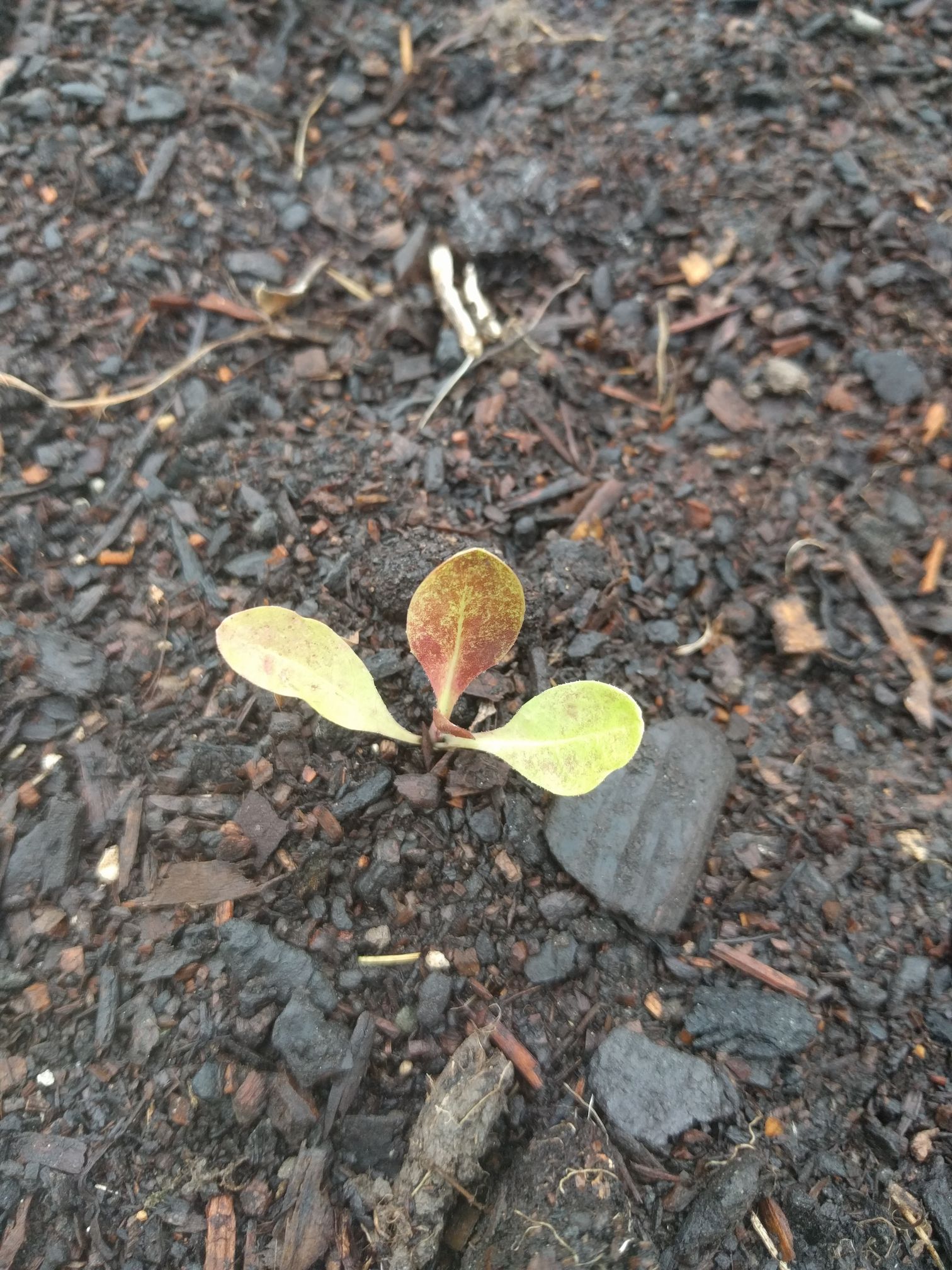

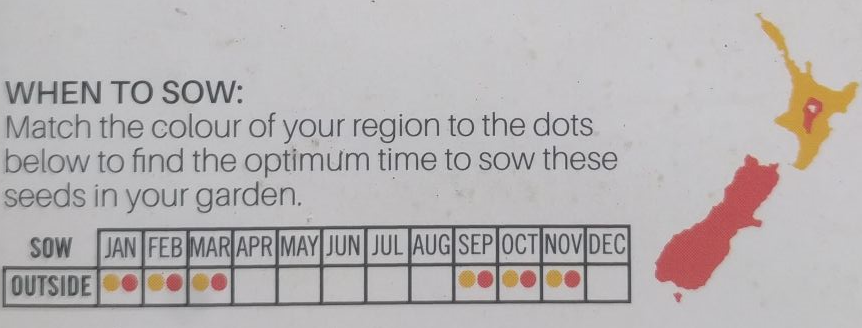
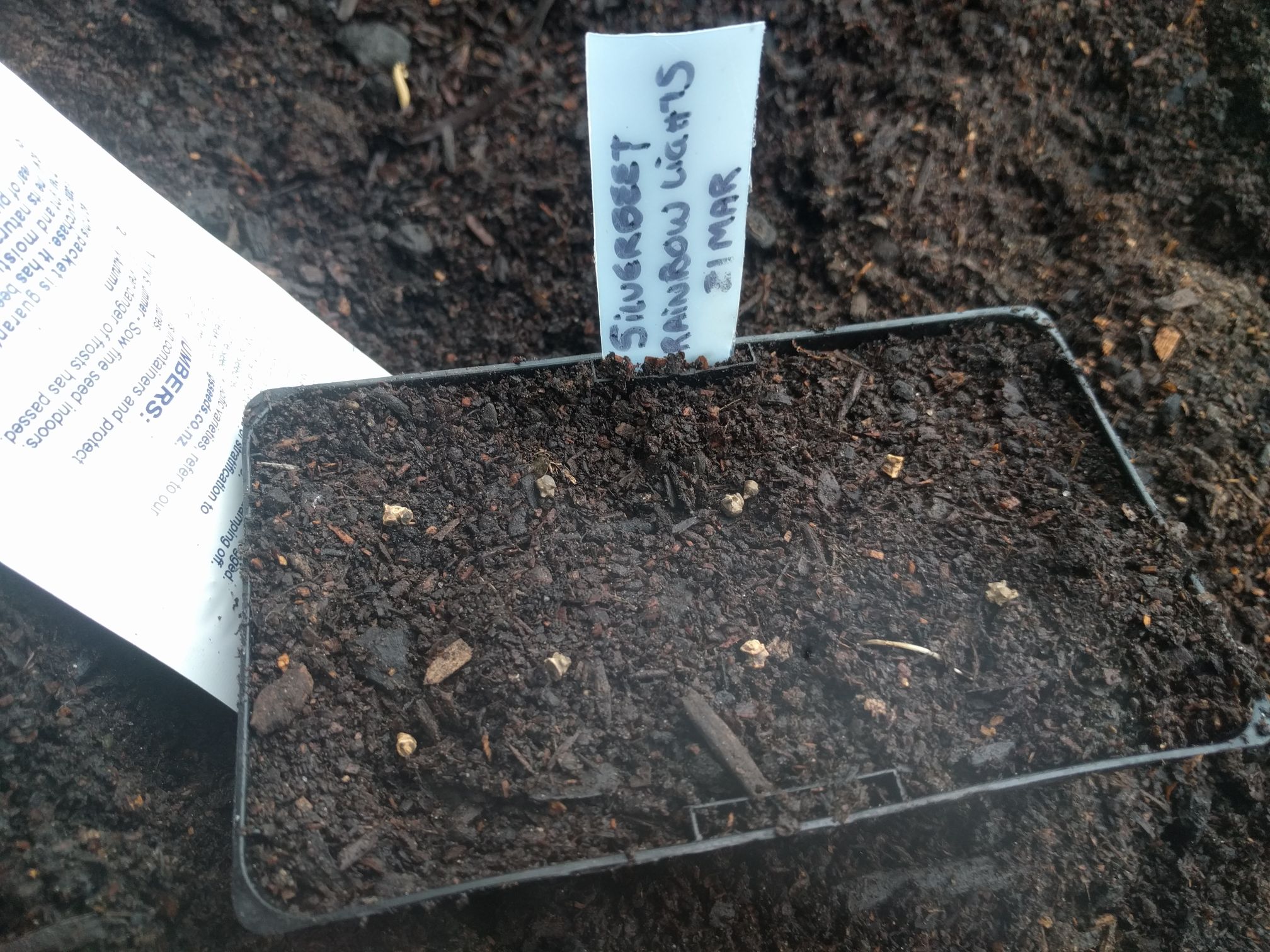
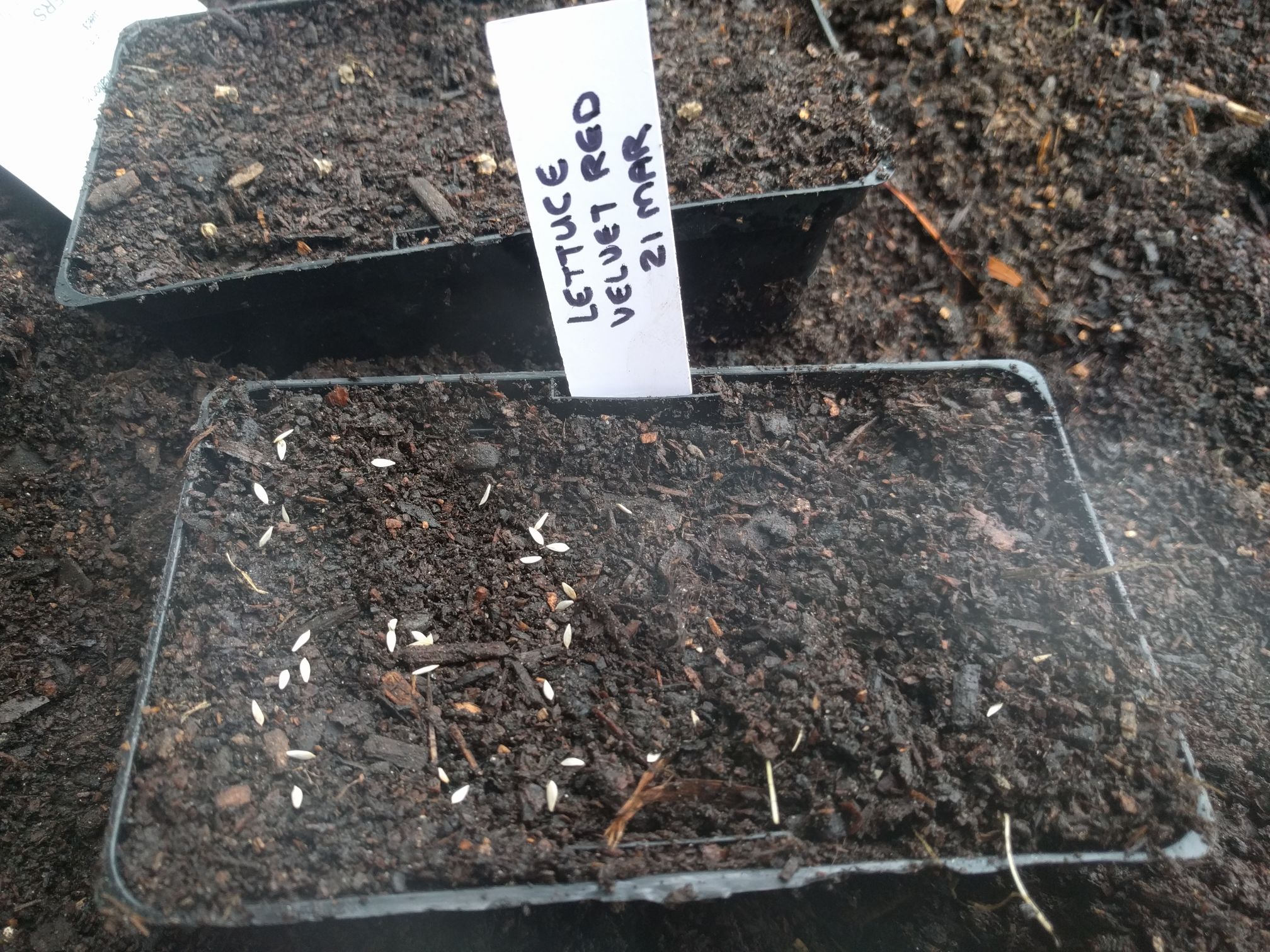
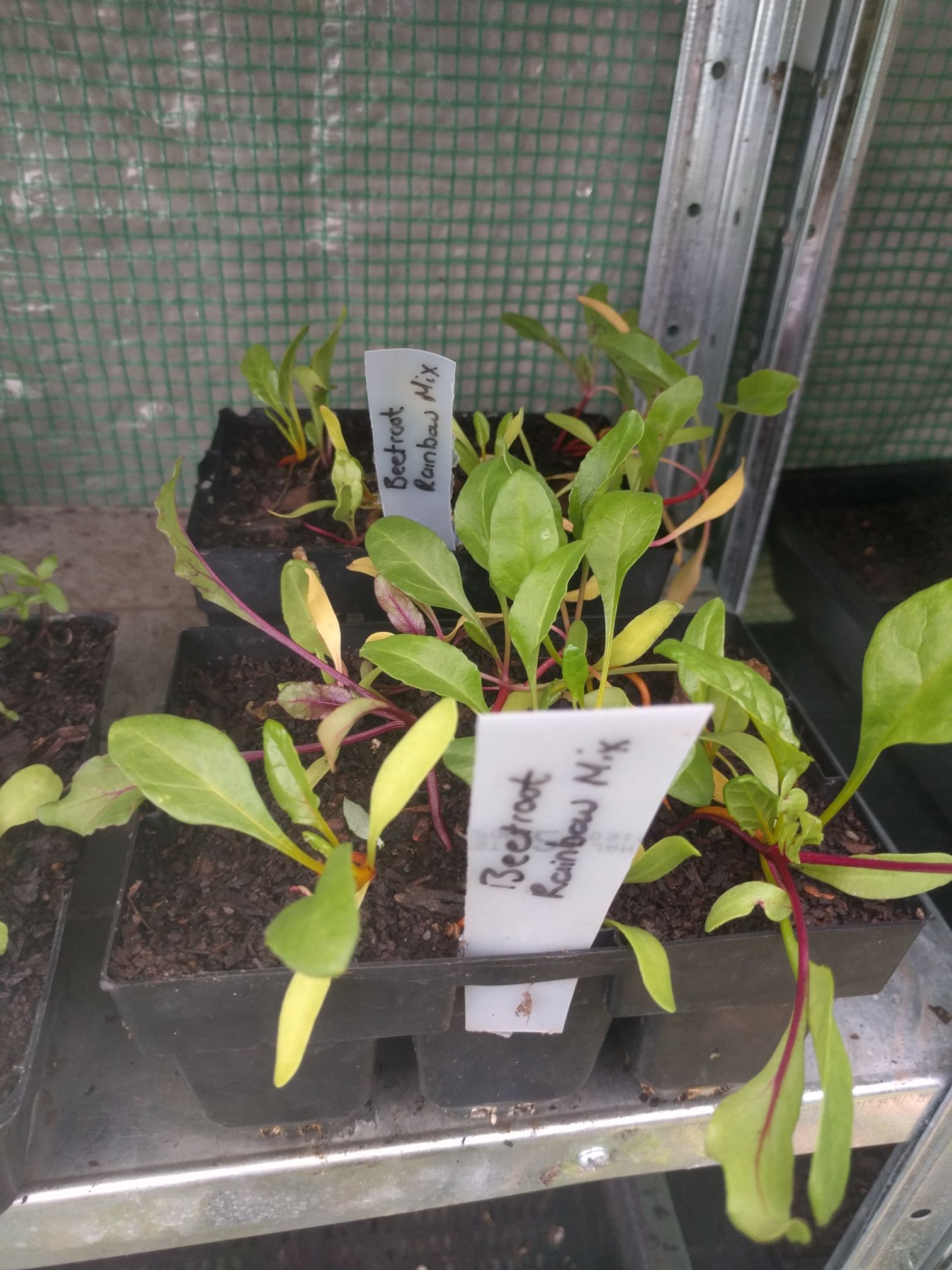
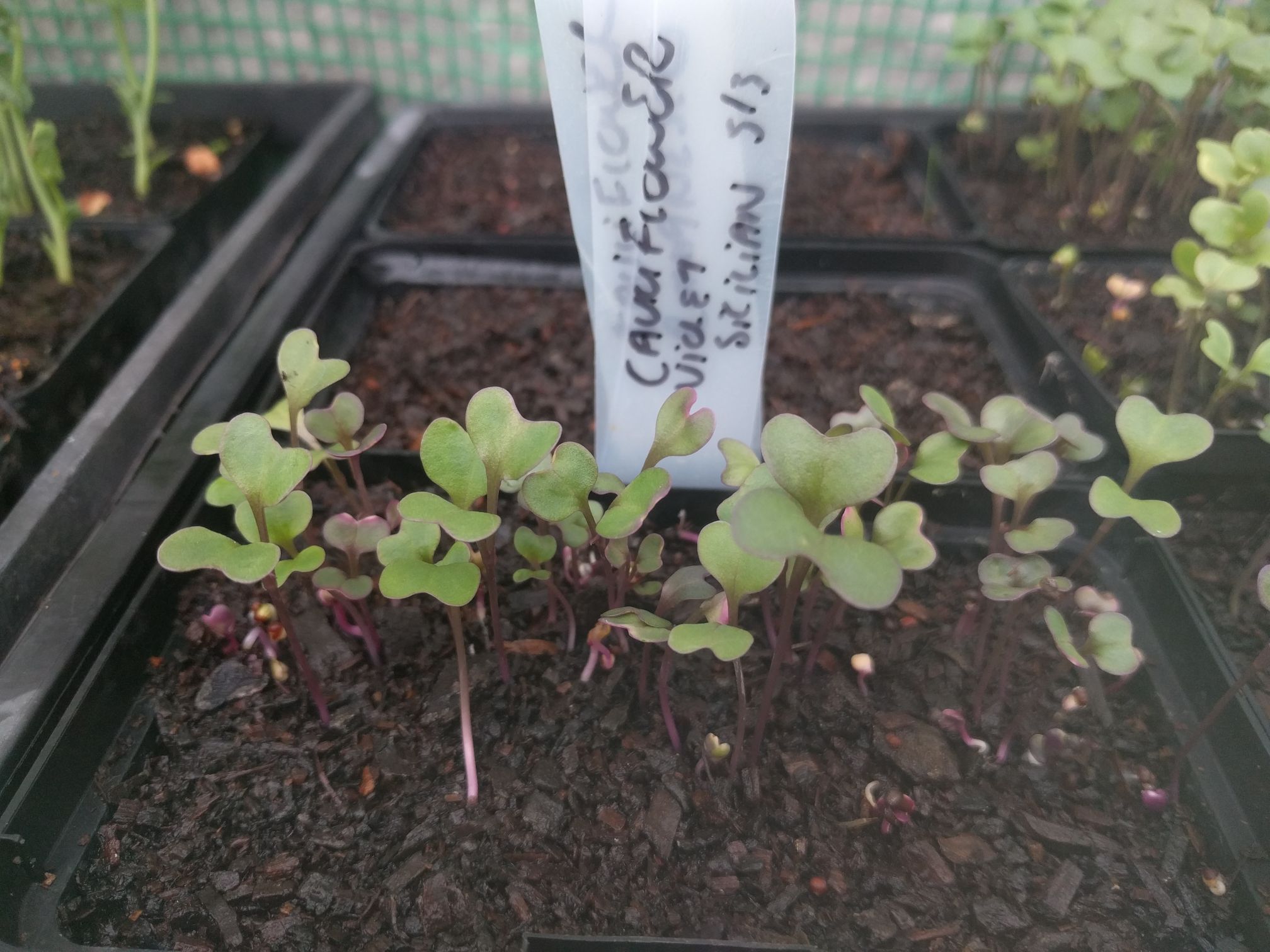
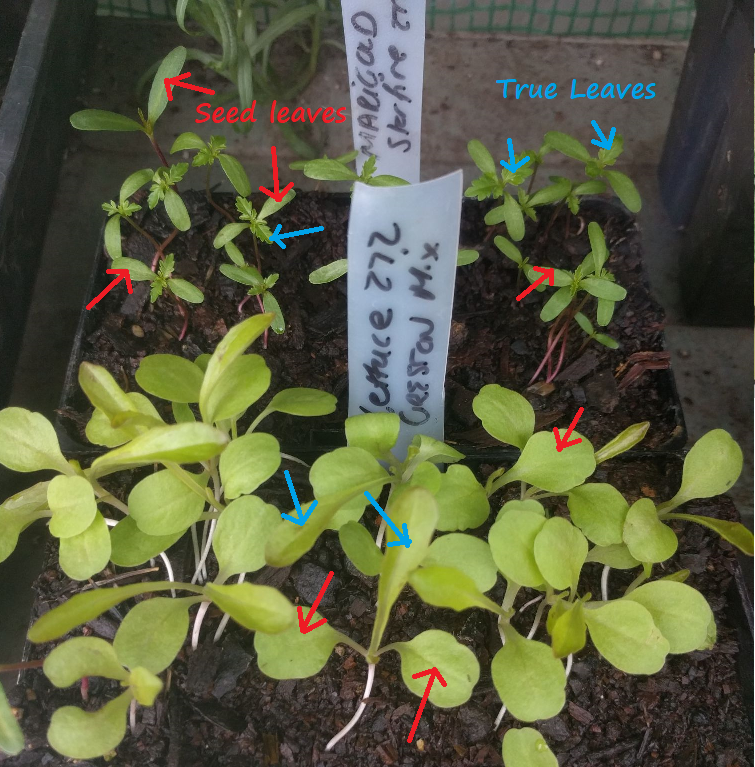
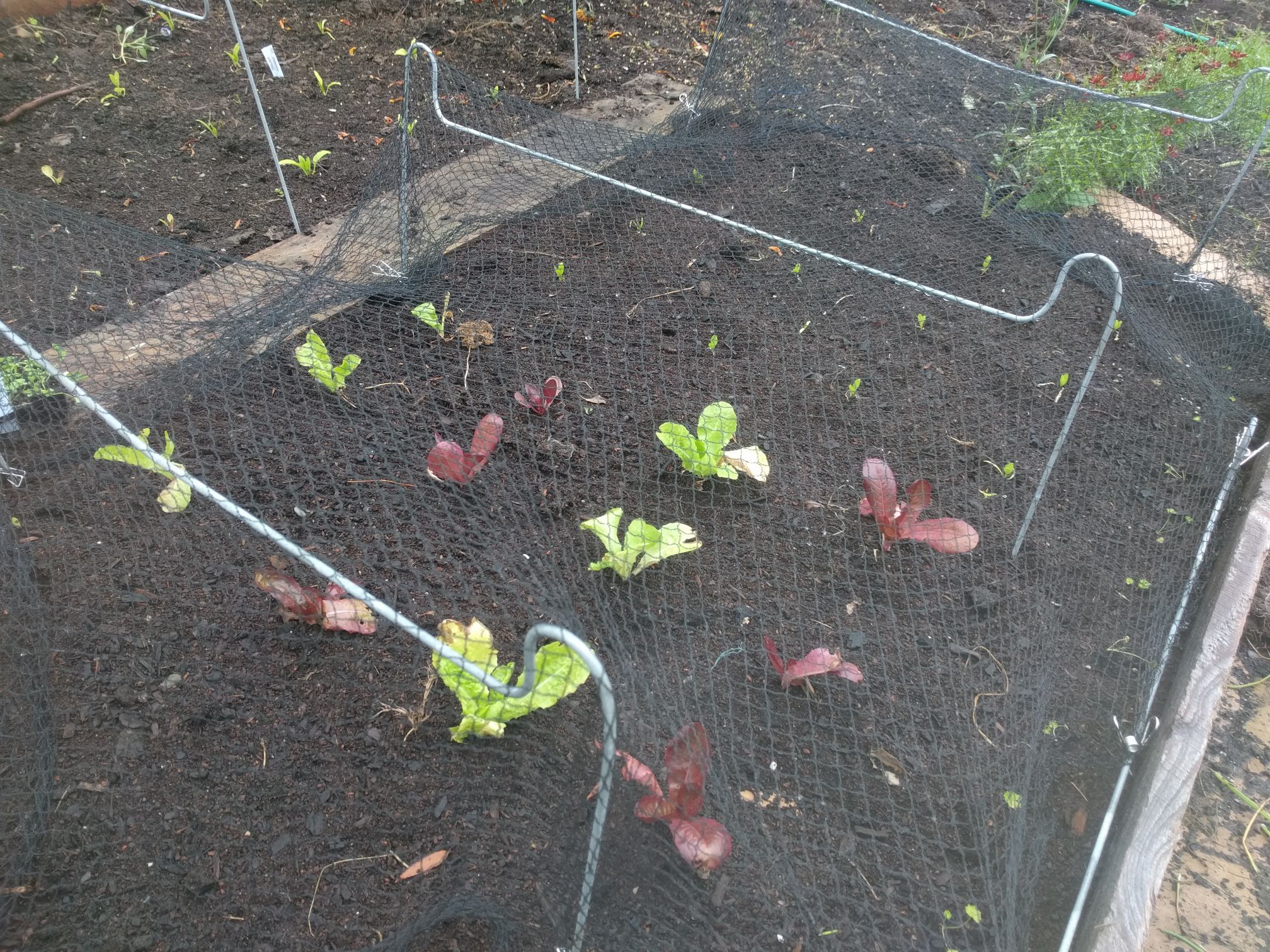




2 Comments
Thank you for your encouragement & time
[…] from my first post in my "how to" series for new gardeners during this time of global pandemic (see "How to Sow Seeds"), here's a list of a few quick to mature vegetables that will give you food on the table soon, and […]